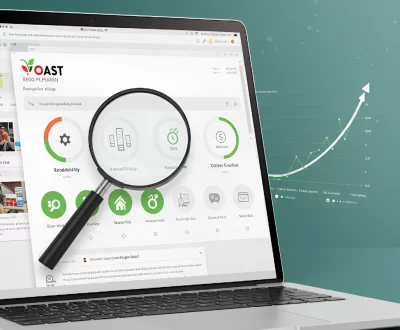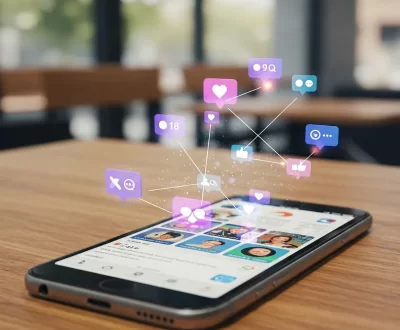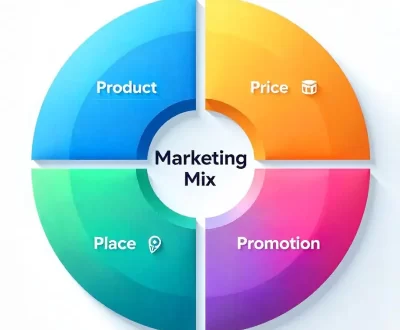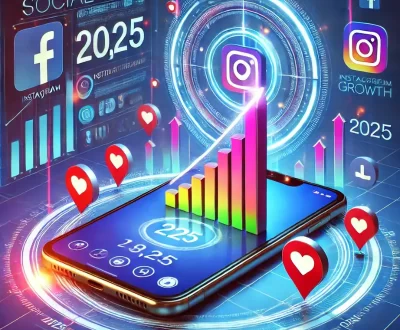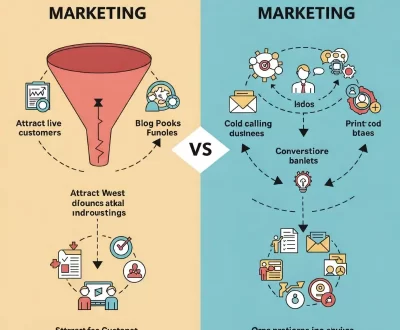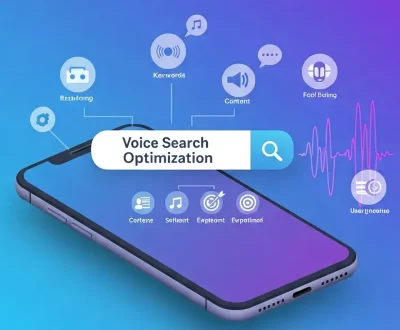Digital Marketing Funnel Explained: Stages, Strategies, and Best Practices
- March 19, 2025
- Uncategorized
In today’s digital-first world, understanding the digital marketing funnel is crucial for businesses looking to attract, engage, and convert their audience. But what exactly is a digital marketing funnel, and how can you use it to grow your business? Let’s break it down in a simple, visual, and actionable way.
What is a Digital Marketing Funnel?
Imagine a funnel—wide at the top and narrow at the bottom. A marketing funnel works the same way. It represents the journey your potential customers take from discovering your brand to becoming loyal advocates.
The funnel is divided into five stages, each with its own purpose and strategies. Let’s dive into the stages, strategies, and best practices to help you master the art of digital marketing.
The Five Stages of the Marketing Funnel
1. Awareness Stage
This is the top of the funnel (TOFU), where you introduce your brand to potential customers. At this stage, people are just discovering they have a problem or need and are looking for solutions.
Strategies:
- Create engaging blog posts, videos, and infographics.
- Use SEO to rank for relevant keywords.
- Run social media ads to reach a wider audience.
Best Practices:
- Focus on educational content, not sales pitches.
- Use eye-catching visuals to grab attention.
- Target the right audience with precise demographics.
2. Consideration Stage
In the middle of the funnel (MOFU), your audience knows about your brand and is evaluating whether your product or service is the right fit for them.
Strategies:
- Offer free trials, demos, or webinars.
- Share case studies and testimonials.
- Use email marketing to nurture leads.
Best Practices:
- Address pain points and show how you solve them.
- Build trust with social proof (reviews, testimonials).
- Use retargeting ads to stay top-of-mind.
3. Conversion Stage
At the bottom of the funnel (BOFU), your leads are ready to make a purchase. Your goal here is to make the process as smooth as possible.
Strategies:
- Create clear and compelling calls-to-action (CTAs).
- Offer limited-time discounts or bonuses.
- Simplify the checkout process.
Best Practices:
- Use urgency and scarcity to encourage action.
- Ensure your website is mobile-friendly.
- Provide multiple payment options.
4. Loyalty Stage
After the purchase, the journey continues. The loyalty stage focuses on turning one-time buyers into repeat customers.
Strategies:
- Send follow-up emails with helpful tips.
- Offer loyalty programs or exclusive discounts.
- Provide exceptional customer service.
Best Practices:
- Personalize communication to make customers feel valued.
- Reward repeat purchases with points or perks.
- Ask for feedback and act on it.
5. Advocacy Stage
At the final stage, your loyal customers become your brand advocates. They recommend your products or services to others, amplifying your reach.
Strategies:
- Encourage user-generated content (reviews, social posts).
- Create referral programs with incentives.
- Engage with customers on social media.
Best Practices:
- Highlight customer success stories and testimonials.
- Make it easy for customers to share their experiences.
- Show appreciation for advocates with shoutouts or rewards.
Why is the Marketing Funnel Important?
The funnel helps you:
- Understand your audience: Know where your customers are in their journey.
- Optimize your efforts: Focus on the right strategies for each stage.
- Increase ROI: Convert more leads into paying customers and advocates.
Pro Tips for a High-Converting Funnel
- Track and Analyze: Use tools like Google Analytics to monitor performance.
- A/B Test: Experiment with different headlines, CTAs, and designs.
- Stay Consistent: Maintain a cohesive brand message across all stages.
- Adapt and Evolve: Update your strategies based on customer behavior and trends.
Visual Recap: The Digital Marketing Funnel
Final Thoughts
Mastering the digital marketing funnel is like having a roadmap to success. By understanding each stage and implementing the right strategies, you can attract more leads, convert them into customers, retain their loyalty, and turn them into passionate advocates for your brand.
Remember, the key is to provide value at every step of the journey. Start building your funnel today and watch your business grow!

